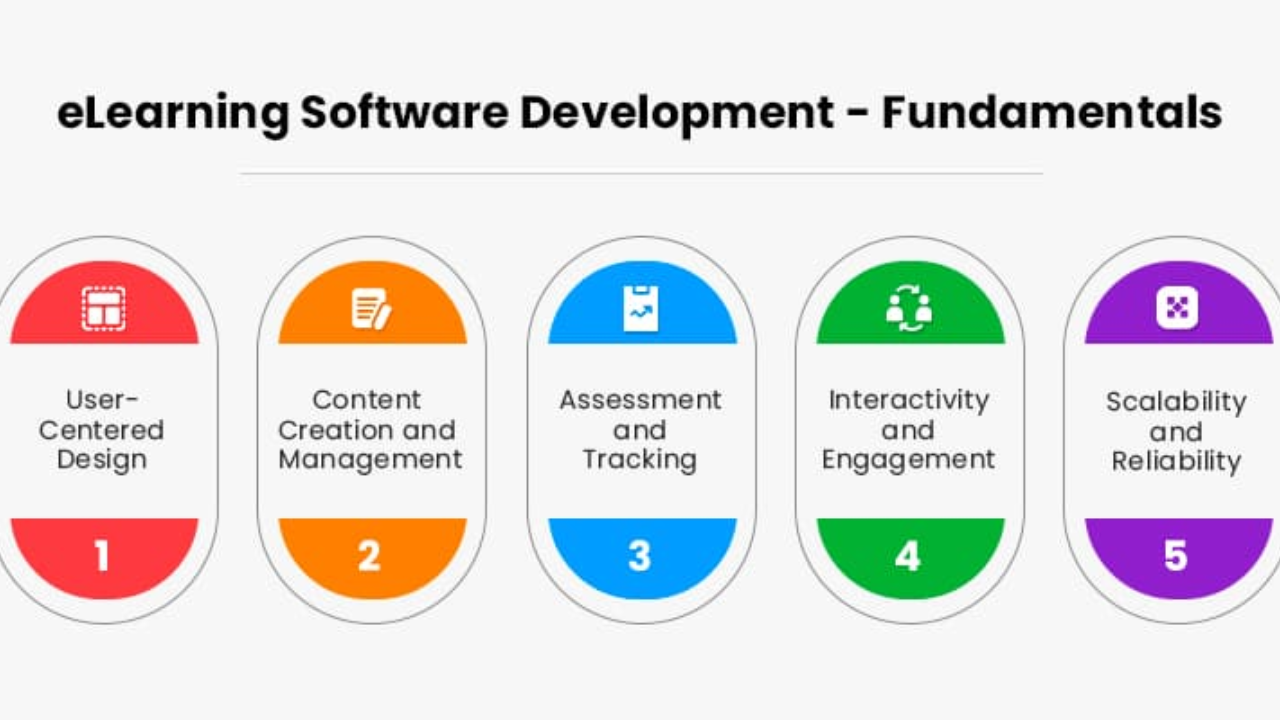
The judiciary has long been rooted in tradition, formality, and procedural rigor. But as the digital revolution reshapes how societies function, judicial training programs can no longer afford to remain analog. The integration of digital tools and e-learning into judicial education is not just an upgrade—it’s a necessity. It offers flexibility, accessibility, real-time updates, and interactive learning environments that traditional methods simply cannot match. By embracing these technologies, judicial academies and institutions are laying the foundation for a more agile, informed, and responsive justice system.
Why Digital Tools and E-Learning Are Crucial for Judicial Training
1. Overcoming Geographical Barriers
Judges posted in remote areas can now access high-quality training programs without needing to travel to centralized academies.
2. Promoting Continuous Professional Development
With rapidly evolving laws, digital platforms ensure judges and prosecutors stay updated through real-time access to courses, webinars, and legal updates.
3. Enabling Personalized Learning Paths
E-learning platforms allow judicial officers to choose modules based on their role, experience level, or jurisdiction-specific requirements.
4. Making Learning More Interactive and Engaging
Simulations, video lectures, and quizzes keep learners engaged, making complex topics easier to grasp and retain.
Core Components of a Digitally Enhanced Judicial Training System
| Component | Description |
|---|---|
| Learning Management Systems (LMS) | Central platforms to host and track learning progress and resources |
| Virtual Classrooms | Live-streamed or recorded sessions with interactive Q&A |
| E-libraries and Legal Databases | Digital repositories of case law, legislation, and training manuals |
| Mobile Learning Apps | Smartphone-accessible learning modules for on-the-go training |
| Digital Simulations | Role-based courtroom scenarios using AR/VR or AI-driven platforms |
| Assessment and Feedback Tools | Automated quizzes, peer reviews, and facilitator feedback systems |
Best Practices for Integrating Digital Tools in Judicial Training
1. Blend Traditional and Digital Methods
A hybrid learning model—combining face-to-face sessions with digital modules—ensures both personal interaction and flexible access.
2. Prioritize User-Friendly Interfaces
Judges may not all be tech-savvy. The design of digital tools must be intuitive, language-accessible, and easy to navigate.
3. Offer Modular, Scalable Content
E-learning content should be broken into short, focused modules, allowing participants to complete them at their own pace.
4. Ensure Data Security and Privacy
Judicial data is sensitive. Platforms must comply with data protection norms and offer secure access.
5. Provide Ongoing Technical Support
Training in using digital platforms is essential—both for learners and facilitators. Helpdesks, tutorials, and live support enhance adoption.
Advantages of E-Learning in Judicial Education
| Advantage | Impact on Judicial Learning |
|---|---|
| Flexibility and Accessibility | Officers can learn anytime, anywhere |
| Cost-Effectiveness | Reduces travel, printing, and accommodation costs |
| Continuous Learning Culture | Encourages lifelong learning beyond induction and periodic workshops |
| Improved Monitoring and Evaluation | Administrators can track progress, assess outcomes, and identify gaps |
| Faster Curriculum Updates | New laws, judgments, or protocols can be instantly incorporated |
| Broader Outreach | Enables nationwide or even regional capacity-building at scale |
India’s NJDG and E-Courts Integration
India’s judicial reform initiative includes the National Judicial Data Grid (NJDG) and eCourts project, which are integrated with training platforms for judges. Through the National Judicial Academy’s portal:
- Judges receive notifications on legal updates and procedural reforms
- E-learning modules on environmental law, gender justice, and cybercrime are available
- Performance dashboards track course completions and learner engagement
This model has shown improved knowledge retention and reduced need for long-distance training travel.
Challenges and How to Address Them
1. Digital Divide
Not all courts or officers have equal access to digital infrastructure. Investment in internet connectivity, hardware, and IT labs is essential.
2. Resistance to Technological Change
Some judicial officers may be hesitant. Awareness campaigns, introductory sessions, and peer success stories can help overcome reluctance.
3. Content Quality and Relevance
Poorly designed or outdated content disengages learners. Continuous content curation, expert review panels, and feedback loops ensure relevance.
4. Lack of Legal-Tech Familiarity
Beyond e-learning, judges also need to understand emerging legal tech tools (AI in law, blockchain evidence). Training modules should address this frontier.
Overview Table
| Element | Description |
|---|---|
| Core Tools Used | LMS, e-libraries, digital simulations, webinars |
| Key Benefits | Flexibility, cost-saving, continuous learning, real-time updates |
| Main Implementation Needs | Infrastructure, training support, data security |
| Best Use Cases | Remote learning, legal updates, specialized modules (e.g., cyber law) |
| User Groups Served | Entry-level judges, mid-career officials, trainers, prosecutors |
| Long-Term Vision | A fully digitized, accessible, and scalable judicial education ecosystem |
Conclusion
Integrating digital tools and e-learning into judicial training is not just about modernization—it’s about preparing the judiciary for the future of justice. With access to dynamic content, real-time learning, and scalable platforms, judges and prosecutors can stay sharp, informed, and responsive to contemporary legal challenges. The digital leap must be matched with institutional support, thoughtful content design, and a commitment to lifelong learning. When done right, it equips judicial officers not just to dispense justice, but to lead it.
3 One-Line FAQs
Q1: Why are digital tools important for judicial training?
They provide flexible, scalable, and real-time learning opportunities for judges and legal officers.
Q2: What technologies are commonly used in judicial e-learning?
LMS platforms, virtual classrooms, mobile apps, digital libraries, and simulation-based tools.
Q3: Can e-learning fully replace traditional judicial training?
Not entirely—hybrid models that combine digital tools with in-person engagement work best.

